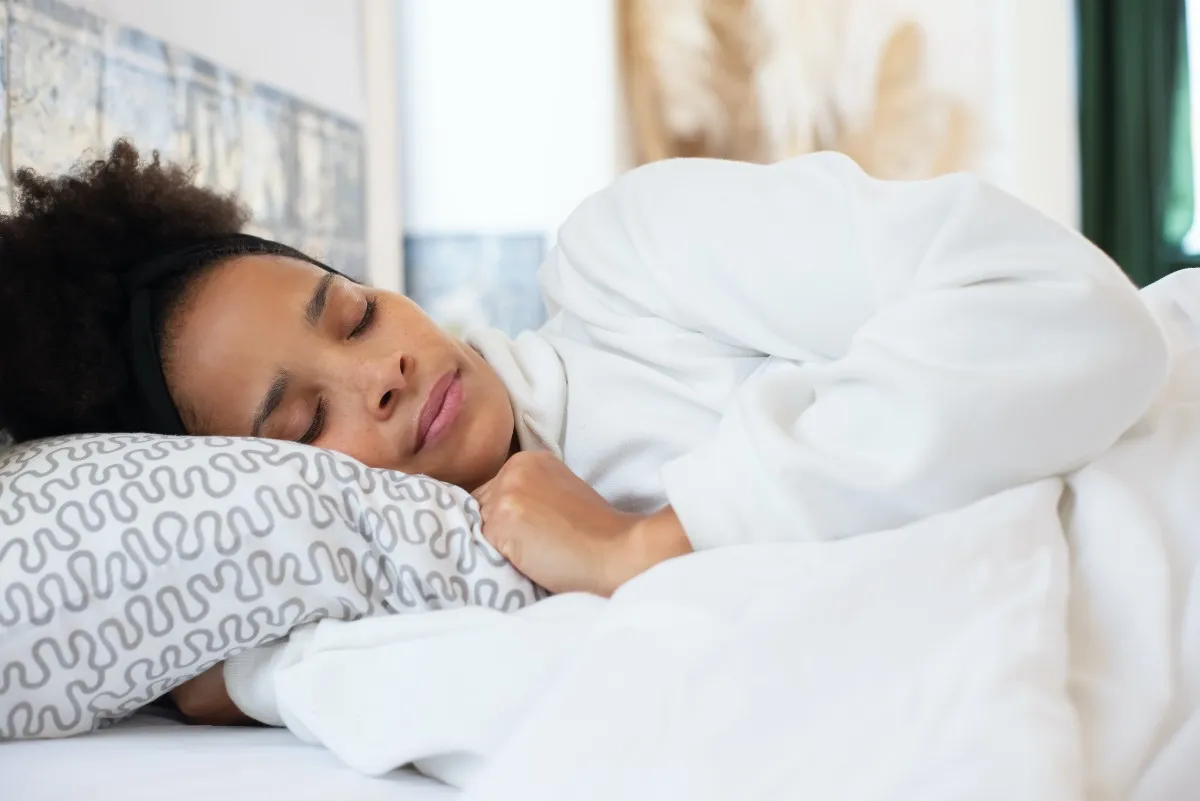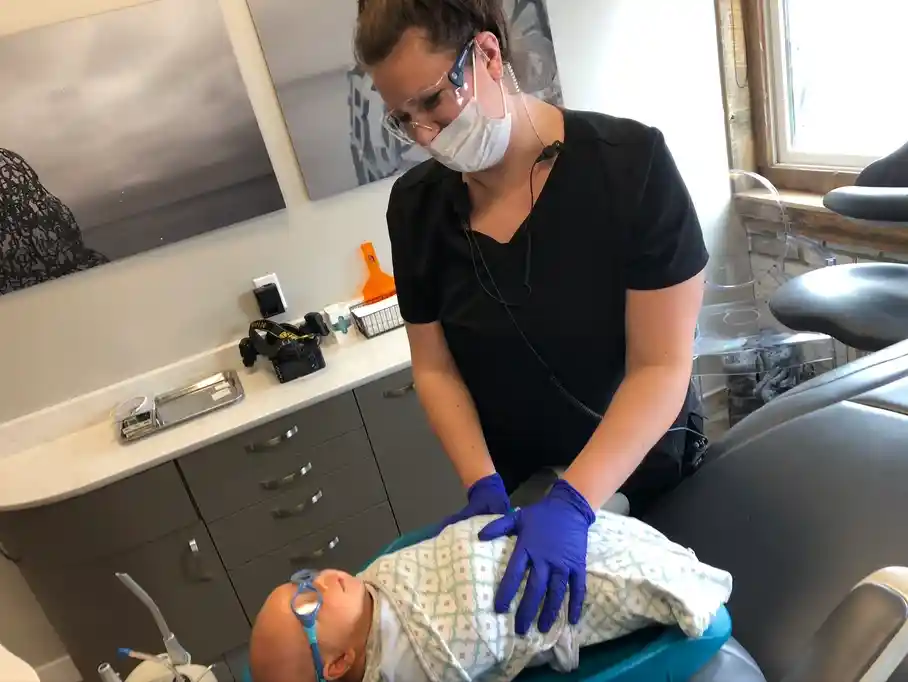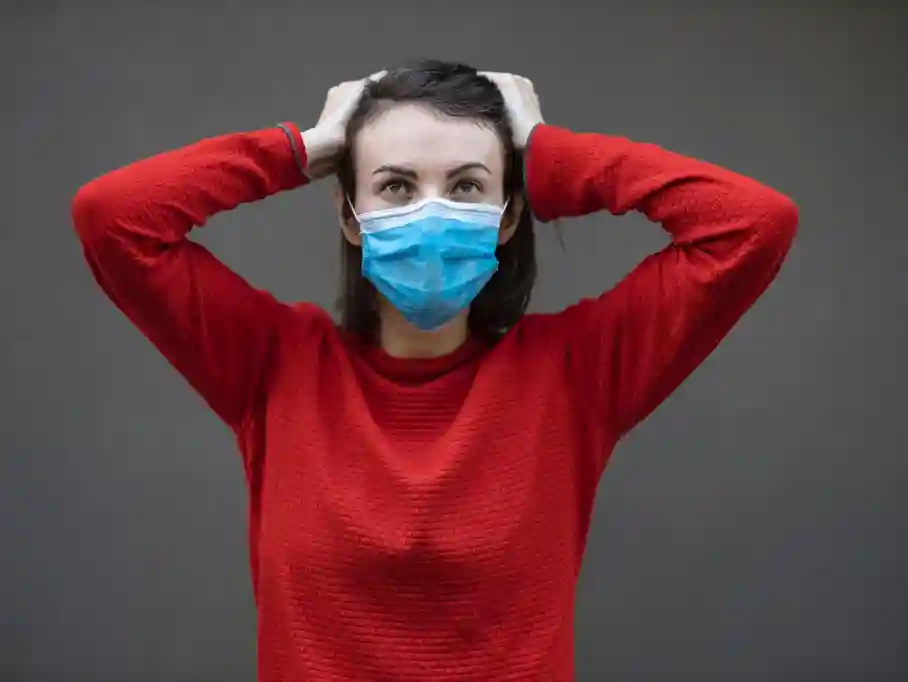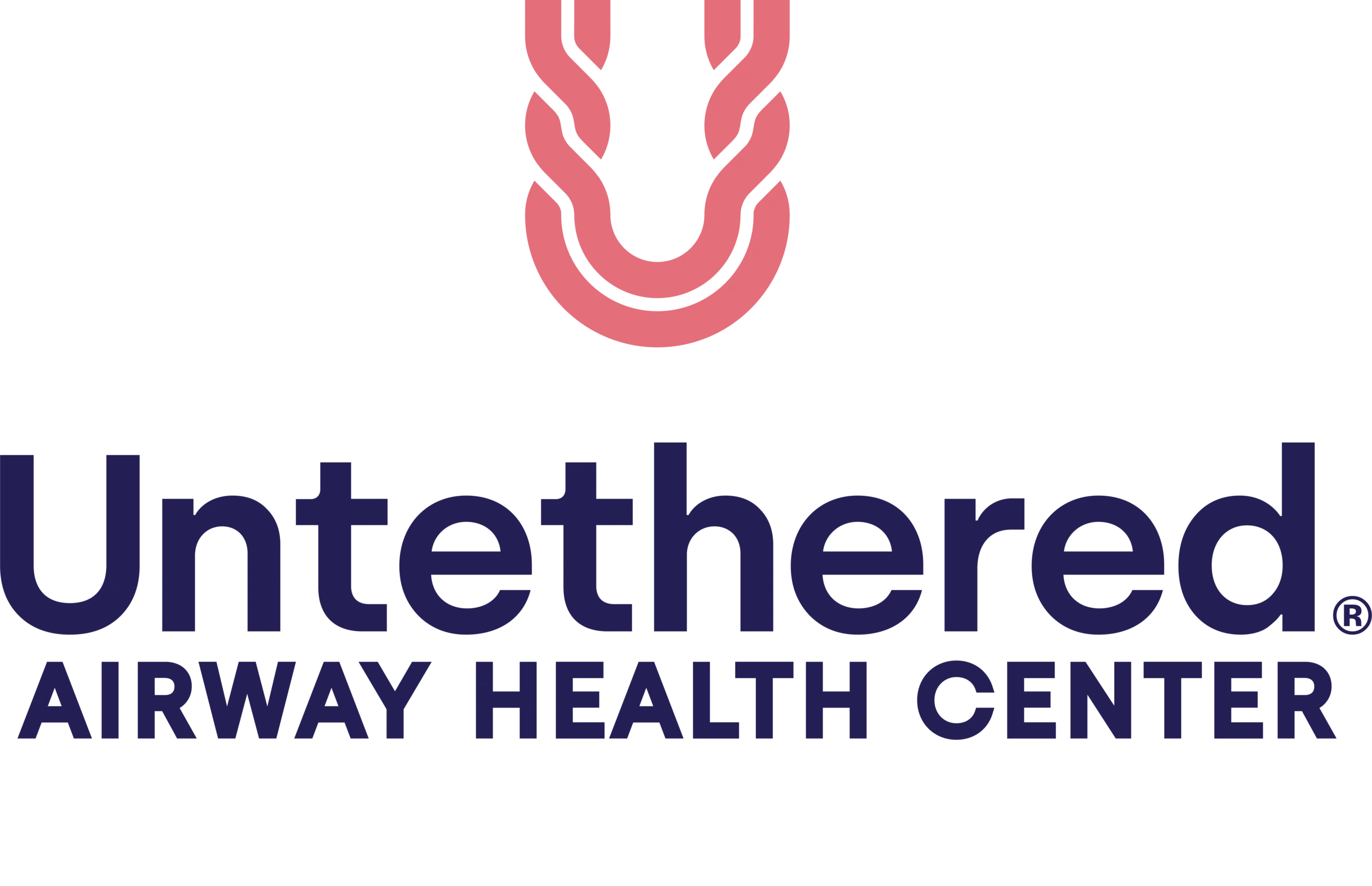Did you wake up feeling well-rested every day this week? If yes, yay! If not, you may be one of the 30% of Americans who struggle with a sleep-related breathing disorder. There are various types of sleep-related breathing disorders – some more common and some more complex than others. Obstructive Sleep Apnea is one of the most prevalent and serious sleep-related breathing disorders. Here’s the difference between sleep-disordered breathing and sleep apnea, and why you should visit a professional if you think you may have an underlying breathing disorder.
What Is Sleep-Disordered Breathing (SDB)?
Sleep-Disordered Breathing is not a single condition but a general term for a number of conditions intertwining sleep and breathing, including sleep apnea, snoring, and upper airway resistance syndrome. These conditions are all caused by anatomical airway collapse and altered respiratory control mechanisms that can also include a weak muscular response. In other words, sleep-disordered breathing causes a decrease in oxygen to the brain, repeatedly, night after night.
Signs of SDB
Keep an eye out for signs of sleep-related breathing disorders in you and your children. Most cases of sleep-disordered breathing go unnoticed, as the symptoms can be easy to miss. Common symptoms include:
- Snoring
- Mouth breathing
- Excessive daytime sleepiness
- Lack of concentration and or forgetfulness
- Headaches in the morning
- Feeling depressed
- Night sweats
- Weight gain
- General fatigue
- Sexual dysfunction
- Nocturia – Waking to urinate at night
A lack of sleep due to sleep-disordered breathing can lead to serious chronic health issues including cardiovascular disease, diabetes, anxiety, depression, fertility/reproductive issues, chronic pain, obesity, Alzheimer’s, and early death. It can be challenging to know if you have SBD as many of these issues and symptoms can be unrelated. A professional airway assessment can help identify SBD.
In children, undiagnosed and/or untreated sleep related breathing disorders can be associated with cardiovascular problems and impaired growth, as well as learning and behavioral problems.
What Is Sleep Apnea?
Sleep apnea is a serious sleep disorder that occurs when your breathing is interrupted during your sleep. This can cause some serious health issues. When your breathing is interrupted in the stopping and starting of breathing it allows CO2 to build up and this will then cause damage or/and over stimulation of your internal organs. The effect on just the heart alone causes the damage as if you were smoking a pack of cigarettes a day.
What Are the Types of Sleep Apnea?
There are various types of sleep apnea. They are all disruptive to sleep and lead to major daytime impairments. The types of sleep apnea include:
- Obstructive Sleep Apnea – This is the most common type of sleep apnea. Obstructive sleep apnea is when the throat muscles relax during sleep, causing a physical obstruction that impedes the airway. People will often wake multiple times throughout the night choking or gasping for air.
- Central Sleep Apnea – This type of sleep apnea is less common than OSA, but shares the same symptoms. However, its root cause is different. Central sleep apnea is when the brain doesn’t send signals as it should to the muscles controlling the breathing during sleep.
- Mixed or Complex Sleep Apnea – Mixed or complex sleep apnea is a combination of both obstructive and central sleep apnea.
- Sleep-Related Hypoventilation – These types of disorders are when the breathing is too shallow or slow during sleep. Because the ventilation level is not high enough, the sleeper does not receive enough oxygen, causing the carbon dioxide levels to spike.
What Are Some Other Sleep Disorders?
- Mouth Breathing – Yes, breathing through your mouth is on the spectrum of sleep disordered breathing! At any age, this is not normal.
- Snoring – Contrary to common belief, snoring is not normal. It’s an indicator that the tongue’s position is incorrect and that there’s an underlying sleep-related breathing disorder at play. The three types of snoring each have their own cause.
- Open-Mouth Snoring – If a sleeper snores with the mouth open, it’s typically because the muscles in the throat and nasal passages are too weak. This causes the airway to obstruct and vibrate the tissues involved.
- Closed-Mouth Snoring – If the sleeper snores with the mouth closed, it’s usually because the tongue is in the incorrect position or isn’t strong enough to stay in position. As a result, it falls back into your throat, causing the obstruction.
- Back Snoring – If the sleeper only snores when lying on the back, it usually is affected by lifestyle habits. Choosing a different sleep position, changing diet, and consuming less alcohol can affect this type of snoring.
- Upper airway resistance syndrome (UARS) – Upper Airway Resistance Syndrome is a step between snoring and Obstructive Sleep Apnea. This happens when the soft tissue in the upper throat relaxes and doesn’t allow proper airflow during sleep. Similar to snoring, it can express itself as heavy labored breathing. Where this varies from OSA is it has not yet progressed to stopping of the breath.
Schedule A Virtual Consultation for Your Sleep-Disordered Breathing and Sleep Apnea
Sleep-related breathing disorders can play a major role in your overall health and well-being. Our bodies need sleep for restoration, so missing out on vital rest can throw your body out of whack. If you think you or your child has a sleep-related breathing disorder, schedule a virtual consultation with Dr. Turner and we’ll help you find rest and relief.
Want to learn more about sleep and airway health? Check out our Ultimate Guide to Sleep-Related Breathing Disorders.






